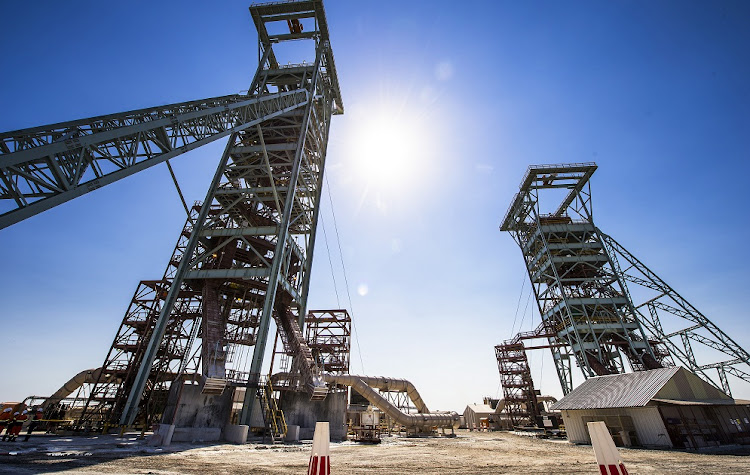South Africa’s mining expertise remains world-class

South Africa’s Johannesburg-Pretoria metropolitan area developed as a result of the local gold supply in the late 1800s, and infrastructure, a financial sector and housing were built to support this booming sector. But if you travel internationally in the world of mining you’ll notice something: much of the world’s expertise in mining is from SA.
South Africans lead many global mining giants. This includes Anglo American CEO Duncan Wanblad, Barrick Gold CEO Mark Bristow, Glencore CEO Gary Nagle, TechMet CEO Brian Menell, Vale Base Metals CEO Deshnee Naidoo, and Harmony Gold CEO Peter Steenkamp, among many others.
And they are formidable executives. Wanblad is a Witwatersrand-trained engineer, while Nagle studied accounting there. Bristow is a University of Natal-trained geologist, and Naidoo completed her chemical engineering degree there. Steenkamp is a Tuks-trained engineer.
I fondly recall standing in a corridor in Washington DC as Bristow told me he did his PhD in geology on SA’s platinum sector, and I grinned as we discussed mine, on the economics of platinum mining. Sure, he came a few decades before me, but who’s counting?
So, SA has produced some of the world’s best mining talent. But that was then. Tragically, SA’s mining sector no longer attracts talent. Instead, it exports its talent, which is unsurprising given that there is a global shortage of skilled individuals in the mining sector as everyone scrambles to secure critical minerals. SA’s loss really is the world’s gain.
I don’t believe this is an irreversible for three reasons. SA has $2.4-trillion in nonpetroleum resources, one of the biggest in the world. You can move a manufacturing plant if you’re unhappy, but you can’t move the natural resources under your feet. There is immense commercial value in SA’s mining sector.
The country has world-class higher education in the mining sector. It has produced outstanding mining engineers and geologists. I travel often, and whether I’m at a mining conference in Toronto, Cape Town or Riyadh there is always a strong SA presence.
I was on a sunset cruise as part of a conference in Miami recently and heard a bellowing “ja”. Three mining executives based in the US and UK were chatting, and sure enough one grew up in Krugersdorp and the other two in Bloemfontein and Rustenburg. All that was missing from the cruise was a boerie braai.
People increasingly want to live in SA. Data shows that South Africans are reverse migrating now — if you have decent income there are few places in the world that beat living in SA in terms of quality of life.
When you distil this, SA has three advantages: it has lots of minerals, incredible expertise and is a place where people still want to live — despite the chaos. But the extent to which this can drive meaningful growth within the country’s mining sector remains limited given policy volatility, administrative backlogs and a lack of consensus.
SA’s mining sector is still its superpower. When people in Washington ask me about US-SA relations, I remind them that the US needs SA as much as SA needs the US. Consider the numbers for 2023 — the US got 98% of its chrome, and between a fifth and a half of its fluorine, platinum, manganese and vanadium, from SA.
I know it feels as if the SA mining sector is slowly dying — exploration levels have dropped from 5% to less than 1% over the last two decades, no mining licences were granted in the last year, and divestment feels rampant. But with the right policies, the structural foundations needed for a thriving sector — skills and resource reserves — are in SA’s favour.